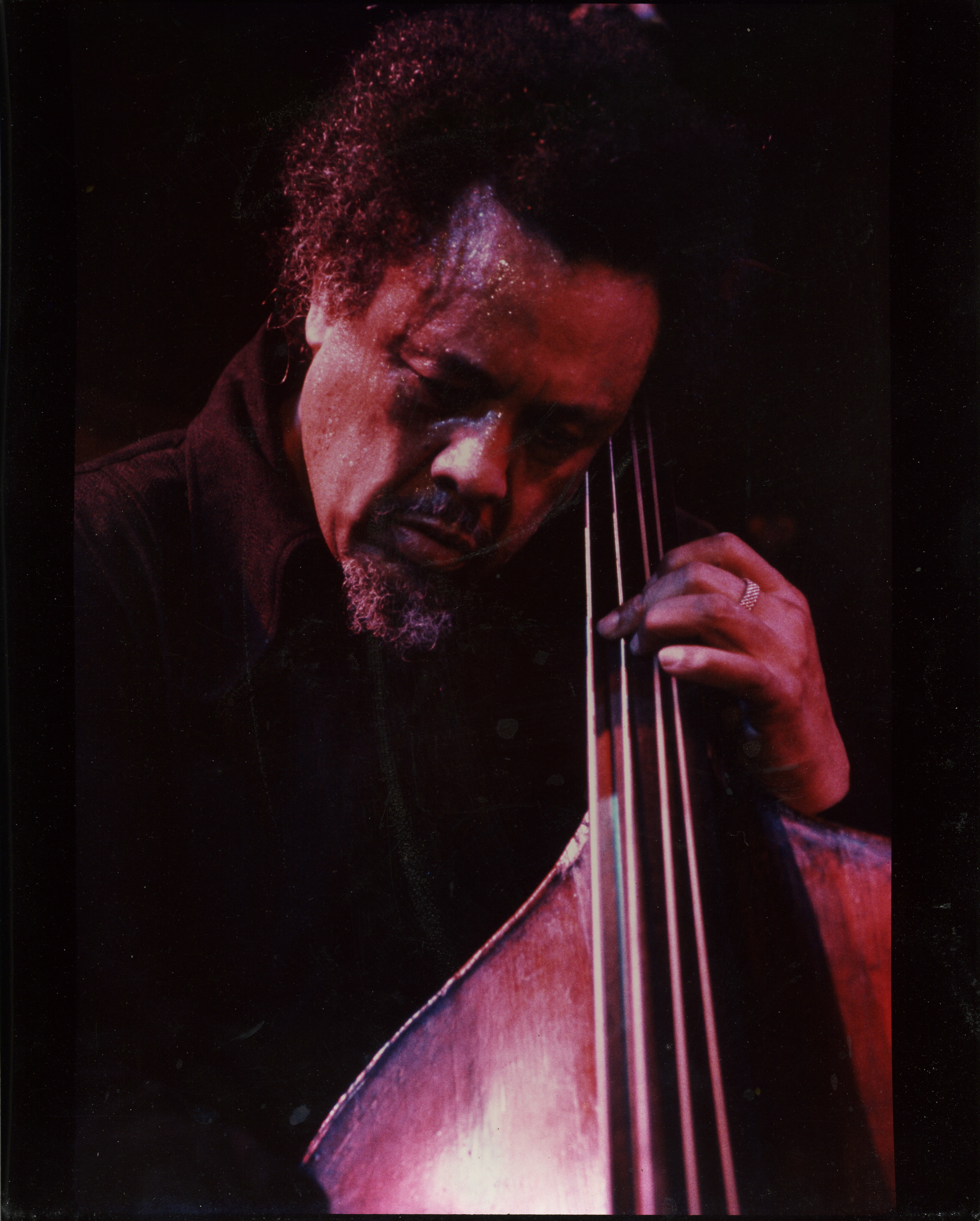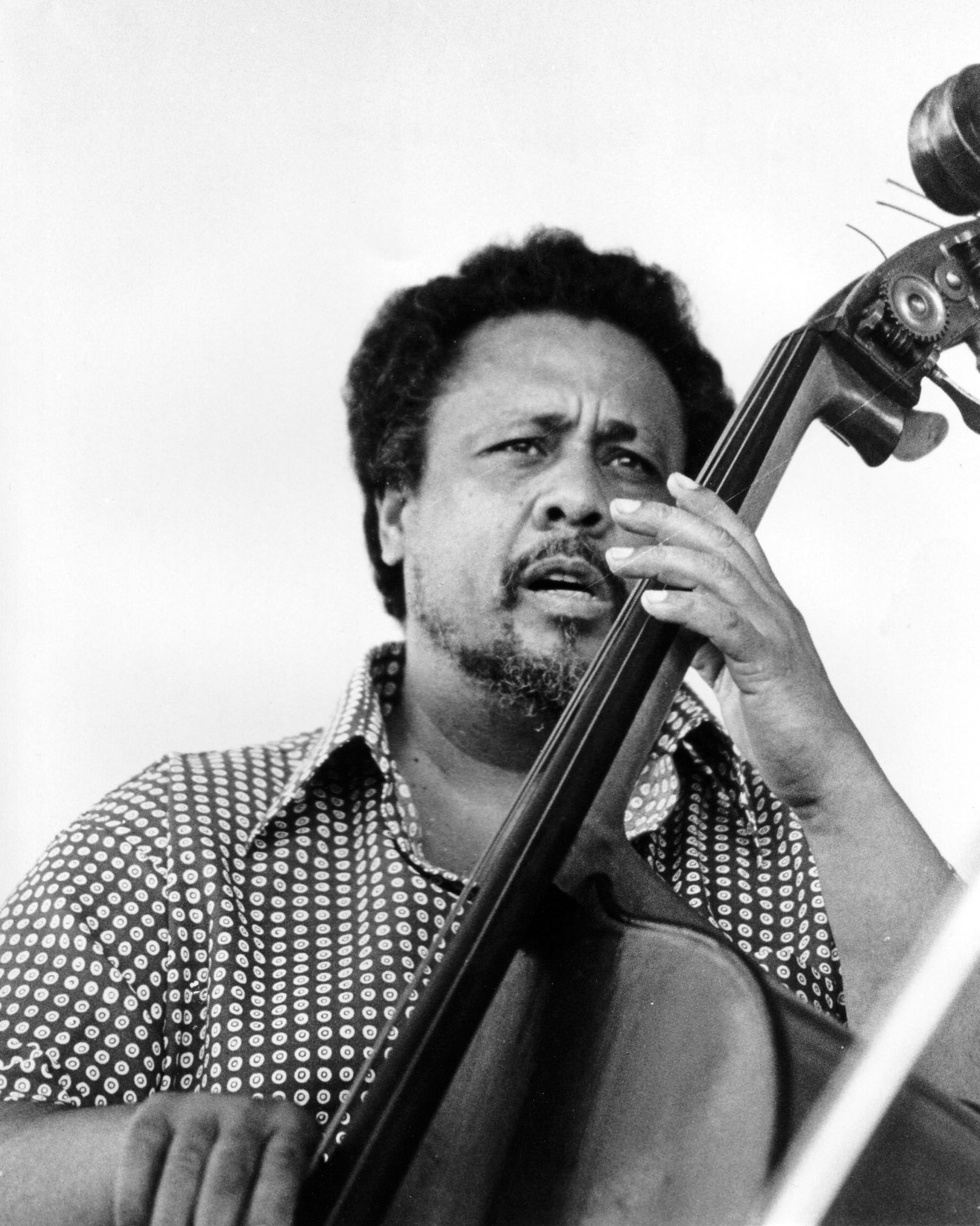Charles Mingus: Jazz Legend's Life, Music & Legacy
Could a single individual truly embody the spirit of jazz, simultaneously shaping and transcending its boundaries? Charles Mingus, born April 22, 1922, in Nogales, Arizona, and tragically passing away on January 5, 1979, in Cuernavaca, Mexico, was precisely thata force of nature, a titan of the double bass, a composer, bandleader, and a poet whose influence continues to resonate decades after his passing. His life was a whirlwind of creative genius, social consciousness, and a relentless pursuit of musical truth, leaving an indelible mark on the landscape of American music.
Mingus was not merely a musician; he was an experience. His compositions, a vibrant blend of the structured and the spontaneous, were infused with a raw emotionality that both challenged and captivated audiences. His music was a mirror reflecting the complexities of the human condition, a tapestry woven with threads of joy, sorrow, anger, and love. His work transcended the conventional, pushing the boundaries of jazz and leaving a legacy that continues to inspire generations of musicians.
| Category | Details |
|---|---|
| Full Name | Charles Mingus |
| Born | April 22, 1922, Nogales, Arizona, U.S. |
| Died | January 5, 1979, Cuernavaca, Mexico |
| Occupation | Jazz Composer, Bassist, Bandleader, Pianist, Author, Poet, Civil Rights Activist |
| Musical Style | Jazz (Hard Bop, Bebop, Avant-Garde) |
| Instruments | Double Bass, Piano |
| Notable Albums | The Clown, Mingus Ah Um, Blues & Roots |
| Collaborations | Louis Armstrong, Duke Ellington, Charlie Parker, Dizzy Gillespie, Miles Davis, John Coltrane, Max Roach, Eric Dolphy, and many others. |
| Key Contributions | Integrating composed passages with improvised solos; shaping and transcending jazz trends of the 1950s, 1960s, and 1970s. Fusing jazz with gospel, blues, and classical elements. |
| Legacy | The Mingus Big Band, Mingus Dynasty, and Orchestra continue to perform his music. His compositions are frequently studied and performed by musicians worldwide. |
| Ethnic Background | Complex; included German American, African American, and Native American heritage. |
| Place of Upbringing | Watts, Los Angeles, California |
| Source | Encyclopedia Britannica |
Minguss early life, a crucible of cultural influences, played a pivotal role in shaping his musical sensibility. Raised in the Watts area of Los Angeles, he was exposed to a diverse array of musical traditions. Growing up in this environment, amidst a rich tapestry of African, Chinese, German, and Native American heritage, he absorbed the rhythms and melodies of various genres, from gospel to blues to classical music. This melting pot of experiences informed his unique approach to composition and performance, allowing him to create a sound that was both deeply rooted in tradition and boldly innovative.
- Lil Jeffs Death Unraveling The Mystery Legacy
- Jason Kylie Kelce Welcome Baby Finnley See The Sweet Details
The echoes of his upbringing are palpable in his music. Minguss compositions often reflected his own life experiences, his struggles, and his triumphs. He was not one to shy away from expressing his emotions, whether through the blistering intensity of his bass lines or the evocative melodies that characterized his work. His music was a reflection of his world, a world filled with both beauty and pain.
Minguss musical genius was undeniable. He collaborated with nearly all the leading jazz artists of his era, a testament to his influence and respect within the jazz community. Names like Louis Armstrong, Duke Ellington, Charlie Parker, Dizzy Gillespie, Miles Davis, and John Coltrane all shared stages and studio sessions with Mingus, each contributing to and being shaped by his artistic vision.
The breadth of Minguss musical vocabulary was astonishing. His compositions were intricate and dynamic, blending the improvisational freedom of jazz with meticulously crafted arrangements. His work often incorporated elements of gospel, blues, and classical music, creating a rich and multifaceted sound that defied easy categorization. It was music that demanded attention, that challenged expectations, and that ultimately, rewarded the listener with an experience unlike any other.
However, Mingus was not without his demons. The pain of his illness, which he battled for years, led him to abuse painkillers, amphetamines, and cocaine. This struggle, coupled with his naturally explosive and sometimes paranoid personality, pushed him to extremes. Drugs exacerbated his volatile temperament, further complicating his relationships and intensifying his internal struggles. It is a testament to his genius that he was able to create such profound and moving music despite these personal challenges.
Despite the difficulties he faced, Mingus remained a fiercely independent artist. He was not afraid to speak his mind, to challenge authority, and to push the boundaries of his art. This unwavering commitment to his artistic vision, even in the face of adversity, is a hallmark of his legacy. He was an iconoclast, carving his own path through the jazz world and leaving an enduring mark on American music.
Mingus's music, at its best, is like contemplating a volcano in all its majesty. The music of Charles Mingus is a grandiose spectacle of emotions. His music could be tender and introspective one moment, and then explosively powerful the next. His compositions were characterized by a profound emotional depth. His music told stories, painted vivid pictures, and explored the full spectrum of human experience. His legacy lives on in the numerous bands that continue to play his music, including the Mingus Big Band, the Mingus Dynasty, and the Mingus Orchestra, all managed by his wife, Sue Mingus.
The influence of his upbringing in Los Angeles was key to shaping his musical journey, and even shaped his own legacy. Sonny, who was taken aback by Minguss chiseled visage, the change was more than skin deep, according to reports. Mingus was also an author and poet and a fervent civil rights activist. His impact, a force of nature, continues to inspire and resonate.
Mingus's contributions to jazz extend beyond mere musical proficiency; he possessed a unique ability to integrate loosely composed passages with improvised solos. This innovative approach both shaped and transcended jazz trends of the 1950s, '60s, and '70s. This is evidenced in the fact that he was a prime influence of the early free jazz era. He wasn't just a musician, he was also a bandleader who fostered the talent of many jazz greats. His album, "Charles Mingus Presents Charles Mingus," is an example of his forward-thinking compositions.
- Miaz Girthmaster Unveiling The Viral Sensations World
- Randy Watson From Coming To America To Todays News More

The Life and Legacy of Charles Mingus Jazz Diggs

Mingus Biography — CHARLES MINGUS

Mingus Biography — CHARLES MINGUS